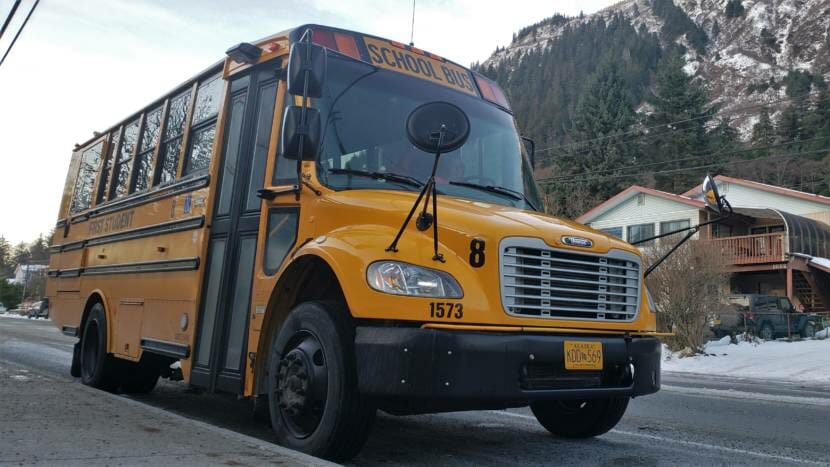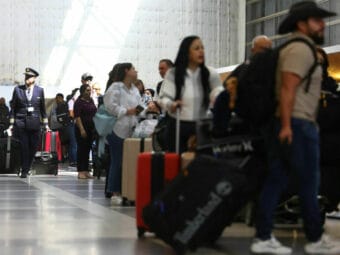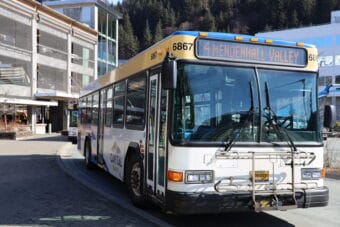
New rules for first-time commercial drivers and for those upgrading their licenses took effect on Monday. The new regulations call for more thorough instruction for anyone seeking a new class B license or higher. But the costs for most tour companies in tourist towns like Skagway won’t be as high as some had feared.
The Federal Motor Carrier Safety Administration’s new rules for entry-level commercial drivers will require more formalized training for anyone seeking to operate a vehicle over 26,000 lbs. In Skagway, small tour companies rely on hiring and training new tour guides from season to season. Luckily for most Skagway businesses, their vehicles don’t exceed that weight limit and won’t require the more extensive training.
Chris Lisenby from the Alaska Driving Academy in Soldotna says his Entry Level Driver Training program made the switch to the new curriculum when the administration first announced it would be increasing standards a few years ago.
“Too many people were going and getting the quickie license,” he said. “Get my license, get out there and drive, and it was bad for the industry. The motor carriers didn’t like it because they were getting drivers that didn’t know anything about the industry and their skills were bare minimum. And it’s not safe for the motoring public.”
The new requirements for new class A and B drivers call for an 80% or better score on 30 classroom units. Then drivers will spend time with an instructor learning how to drive the vehicle. In years past, drivers could study on their own, pass a test and be on the road quickly.
Greg Clem owns Klondike Tours and will begin operating Skagway’s shuttle service SMARTbus in April. He says all of his vehicles are under the weight limit, but there are some changes he’ll have to make to train new class C drivers to drive his airport shuttle-sized busses.
First, he’ll have to become a licensed instructor.
“It’s a lot of paperwork, but it’s all free. Assuming I am doing the training, they would come to me first. According to the laws I have to do the passenger endorsement, according to reality, I would train them on everything,” Clem said.
But for now, there is no road course or CDL examiner available in Skagway. That means, to get fully licensed to drive tours in Skagway, new drivers will have to bring a bus to Juneau to complete their testing. Clem says it will cost about $600 to put one of his smaller busses on the ferry, and another $200 or so in fees.
New school bus drivers will need to learn from a licensed instructor found on the national registry and complete the S endorsement. For new drivers looking to get into driving large vehicles with airbrakes or big rigs, the training is more intense.
“If you’re a Class A or B, you have to go do that from a trainer that has that credential,” Clem said.
Courses at training schools in Alaska vary in length from five days to several weeks.
Sarah Douthit of the Kenai Peninsula Driving School says her school has students complete a portion of their learning online before in-person instruction begins at the school.
“Whether you go to a big school for six months, or whether you come here for one week behind the wheel and one week of online learning, as long as those requirements are met by your program, then you can get into a CDL,” Douthit said.
The cost of courses at training schools in Alaska varies from a little over $5,000 to over $7,000, and most are located near large population centers.



